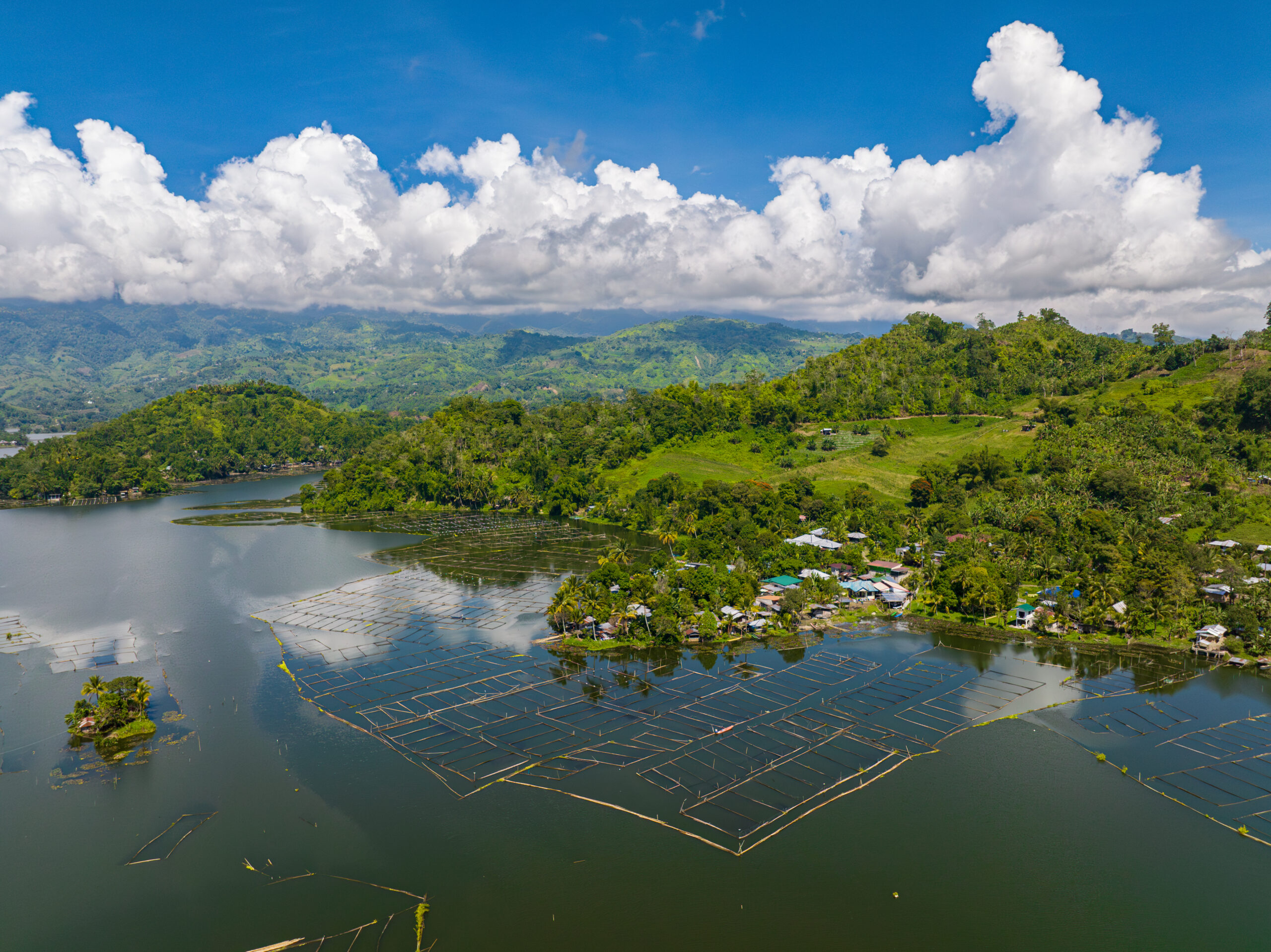In the quiet rhythm of their loom, the T’boli weavers’ hands dance like ancient spirits, each abaca thread is a whisper of their ancestors’ wisdom. Their tribe, known as the Dream Weavers, has inherited and collectively continues the tradition of weaving the exquisite T’nalak textiles. Using abaca threads vibrantly stained by colors of the earth, the weavers say the T’nalak patterns are a gift from the T’boli Goddess of abaca Fu Dalu. “Weaving is our life and identity as T’boli,” says Maria Todi, a known authority on T’boli culture who has represented her community in indigenous cultural gatherings around the world.
Although T’nalak is woven exclusively by women, completing each textile requires the collaborative efforts of the entire community in Lake Sebu, South Cotabato, Mindanao.
Protecting Cultural Heritage with Intellectual Property
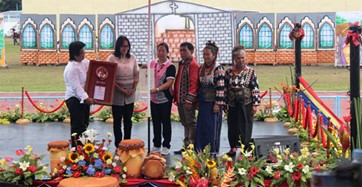
In July 2017, T`NALAK TAU SEBU was registered as a collective mark by the T’nalak Tau Sebu Inc. (TTS), a federation of T’nalak producer associations and cooperatives. This IP protection works by establishing a recognized certification to ensure that each roll of T’nalak textile meets specific quality standards, that it is traceable to its origin, and is crafted in accordance with traditional practices.
This was a stakeholder-driven process. A certifying council, called the TTS Federation, comprising one member from each weaving center, created quality guidelines and administered the certification process. TTS Federation members undergo training and follow a Code of Practice to maintain the authenticity and quality of T’nalak textiles.
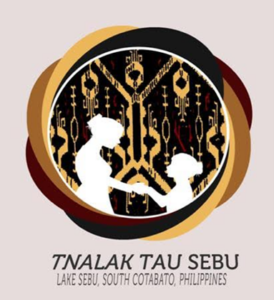
Only textiles produced by T’boli weavers in Lake Sebu can carry the “T’nalak Tau Sebu” collective mark, ensuring that the heritage, craftsmanship, and unique identity of the T’boli are protected and clearly distinguished in the marketplace. This approach upholds the authenticity and integrity of the T’nalak brand, elevates its market value, and opens new commercial opportunities for the T’boli weavers in the region.
Discussions are ongoing for T’nalak’s recognition as a geographical indication.
Revitalizing the T’nalak Economy: Tourism and Expanding Markets
Before the T’nalak collective mark, only 10-20 rolls of the textile were sold in a month with prices ranging from US$ 5–10 per roll. Market exposure was limited to local trade fairs. After the registration, approximately 30 additional rolls were sold every month with prices rising to US$ 15-30 per roll. New foreign markets opened up, resulting in T’nalak textiles reaching Japan, Europe, USA, Canada, and Australia.
T’nalak textile weaving always attracted visitors interested in the culture, heritage and arts of the T’boli people around Lake Sebu. However, the collective mark’s role in authenticating and preserving the art of T’nalak weaving served as a turning point for tourism in the area.
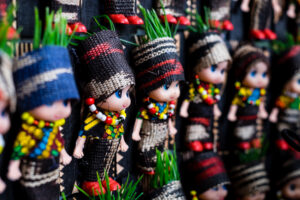
The area offers a myriad of cultural experiences, including the Lang Dulay Weaving Center—dedicated to the celebrated T’boli “dream weaver” Lang Dulay, the first recipient of the National Living Treasures Award in 1998—and the weaving center of Barbara Ofong, a 2023 National Living Treasures Awardee. Tourists can explore the T’boli Museum, and the T’nalak Gallery, featuring 100 unique designs of this sacred textile. Tourists can observe the intricate weaving process, buy authentic T’nalak products, and connect with the weavers, all bringing direct economic benefits to the local community.
Between 2020 and 2024, visitors to ten weaving centers grew eightfold from 340 to 2,835. This opened new revenue streams and markets that have further boosted weavers’ productivity. T’nalak also became an object of research for academics, further enhancing its significance as a continuing living culture. Additionally, cultural festivals, T’boli music, dance, and exhibitions centered around T’nalak weaving further promote Lake Sebu as a unique cultural destination.
In 2023, Lake Sebu witnessed record-breaking tourist arrivals with over 1.6 million visitors to South Cotabato between January and October. Key attractions in Lake Sebu, such as the Seven Falls Eco-Tourism Site and the T’nalak Festival, drew large numbers of tourists: nearly 200,000 visitors during the festival month of July.
Empowering Indigenous Weavers through Sustainable Development and Tourism: The GREAT Women Brand
The T’boli indigenous community is a great success story of promoting sustainable heritage tourism through a multi-stakeholder approach in the entire tourism value chain.
Across the archipelagic Philippines, there are an estimated 14–17 million Indigenous peoples belonging to 110 ethnolinguistic groups, many of whom also possess a rich heritage of traditional art and products. The GREAT Women Brand is an initiative of the ECHOsi Foundation (Empowering Communities with Hope and Opportunities through Sustainable Initiatives) that aims to empower indigenous women artisans by elevating their craft to meet international retail standards and facilitating market access. Focused on IP readiness and economic sustainability, the GREAT Women brand works with T’nalak weavers, such as Lang Dulay’s School of Living Tradition, the Lake Sebu Indigenous Women Weaver’s Association (LASIWWAI), and the Kenhulung Handicraft Federation Inc., to enhance their visibility and reach through design, branding and marketing support.
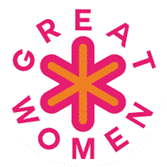
The GREAT Women brand is a registered trademark in multiple ASEAN countries that represents its values and mission of supporting the work of indigenous women artisans. As a trusted brand for consumers, their trademark reflects rigorous quality standards and a heritage of authentic products crafted by Indigenous women artisans. The strong brand association empowers artisans by elevating their crafts from local markets to premium retail spaces globally.
Close to 40 weaving groups benefit from the GREAT Women Brand’s training and capacity-building efforts towards documentation of traditional designs, weaving techniques, and entrepreneurial skills.
One of the goals is to enable the weavers to organize a sustainable community-led tourism value chain with cultural experiences at their weaving centres combined with food, beverage,
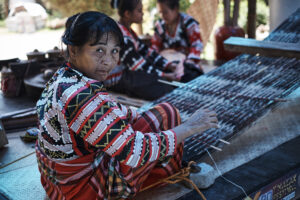
and small retail offerings. The weavers were encouraged to integrate textile production with local tourism activities such as festivals, fashion events, and educational and shopping tours at the weaving centres. For instance, GREAT Women’s efforts in Miagao on Panay Island saw weaving centres expand from one to eight centres, and the local Hablon Festival grew from 17,857 visitors in 2020 to 668,134 in 2023.
Today, GREAT Women continues its work towards enabling and helping indigenous weaving groups towards the registration of collective marks or geographical indications for their unique textiles. The collective mark for T’nalak Textile is a pioneering example of how an IP asset can help organize and support small-scale tourism industry value chains. It has emerged as a replicable template for far-flung rural economies that can empower Indigenous communities to preserve and celebrate their living culture through financially sustainable practices.



